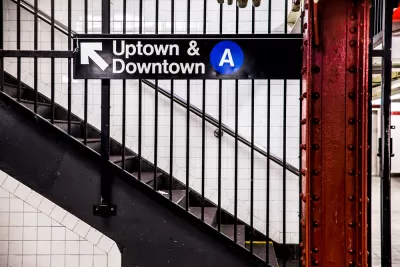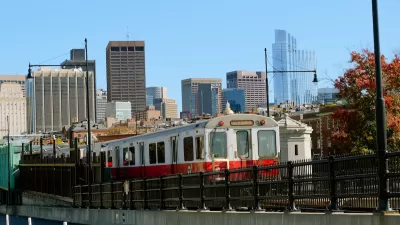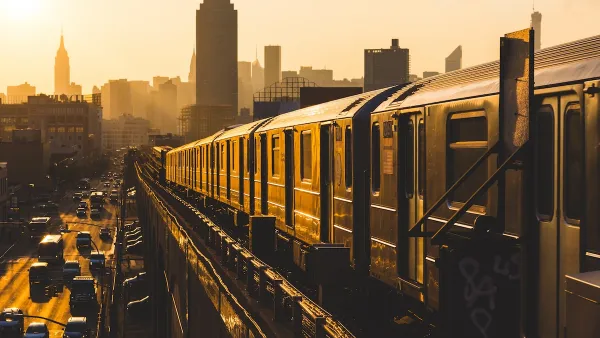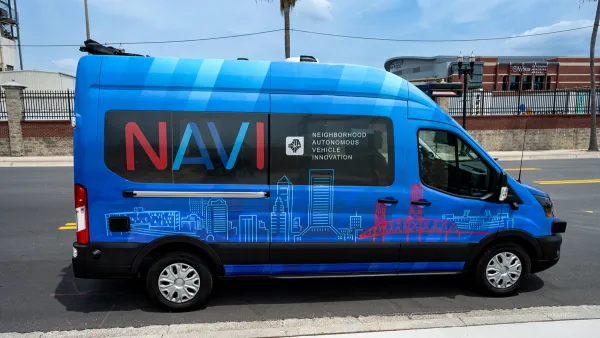A social network analysis, touted as the largest ever, reveals the importance of mobility for social connections.

"How do people meet, and maintain ties, in the big city?"
According to new research shared by Henry Grabar, in New York City, the main factor determining the answer to that question is transit time—which depends on transit lines.
"Call it the 'Take the ‘A’ Train' theory of socializing, after the Billy Strayhorn tune about the subway line that links Harlem and Bed-Stuy," writes Grabar.
The findings are from a working paper posted this month with the National Bureau of Economic Research, and led by Michael Bailey. The researchers claim they "have assembled the most comprehensive portrait to date of a city’s social network," reports Grabar.
Here, Grabar summarizes the findings of the study: "A 10 percent greater distance between two ZIP codes was associated with a decline in social connectedness of 8.7 percent. A 10 percent greater increase in cab cost was associated with a 10.6 decline in social connectedness. And a 10 percent greater public transit time is associated with 14.2 percent lower social connectedness."
FULL STORY: What Determines Your Social Network? In New York, Your Subway Line.

Maui's Vacation Rental Debate Turns Ugly
Verbal attacks, misinformation campaigns and fistfights plague a high-stakes debate to convert thousands of vacation rentals into long-term housing.

Planetizen Federal Action Tracker
A weekly monitor of how Trump’s orders and actions are impacting planners and planning in America.

In Urban Planning, AI Prompting Could be the New Design Thinking
Creativity has long been key to great urban design. What if we see AI as our new creative partner?

King County Supportive Housing Program Offers Hope for Unhoused Residents
The county is taking a ‘Housing First’ approach that prioritizes getting people into housing, then offering wraparound supportive services.

Researchers Use AI to Get Clearer Picture of US Housing
Analysts are using artificial intelligence to supercharge their research by allowing them to comb through data faster. Though these AI tools can be error prone, they save time and housing researchers are optimistic about the future.

Making Shared Micromobility More Inclusive
Cities and shared mobility system operators can do more to include people with disabilities in planning and operations, per a new report.
Urban Design for Planners 1: Software Tools
This six-course series explores essential urban design concepts using open source software and equips planners with the tools they need to participate fully in the urban design process.
Planning for Universal Design
Learn the tools for implementing Universal Design in planning regulations.
planning NEXT
Appalachian Highlands Housing Partners
Mpact (founded as Rail~Volution)
City of Camden Redevelopment Agency
City of Astoria
City of Portland
City of Laramie





























